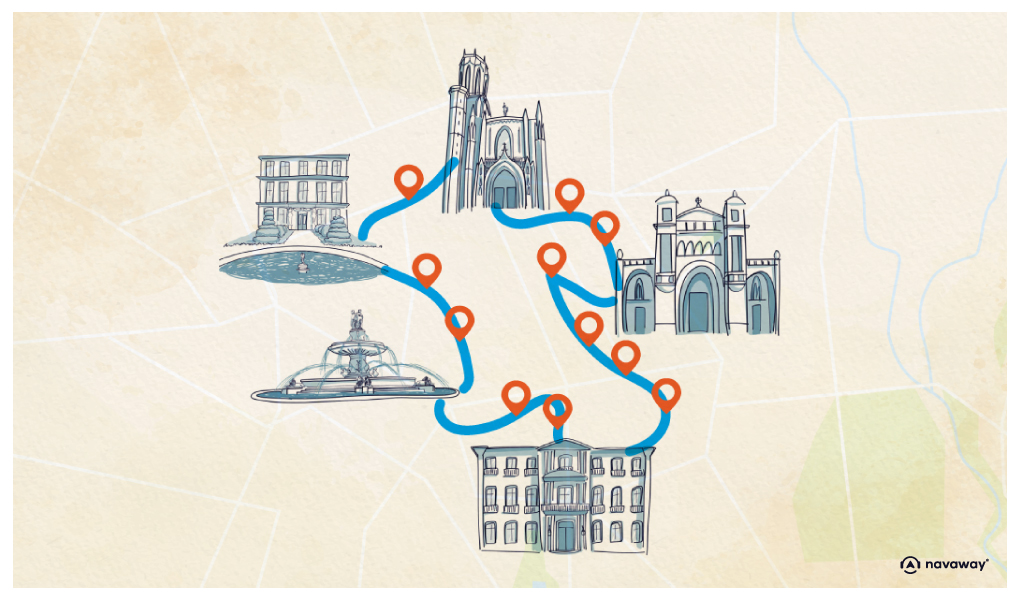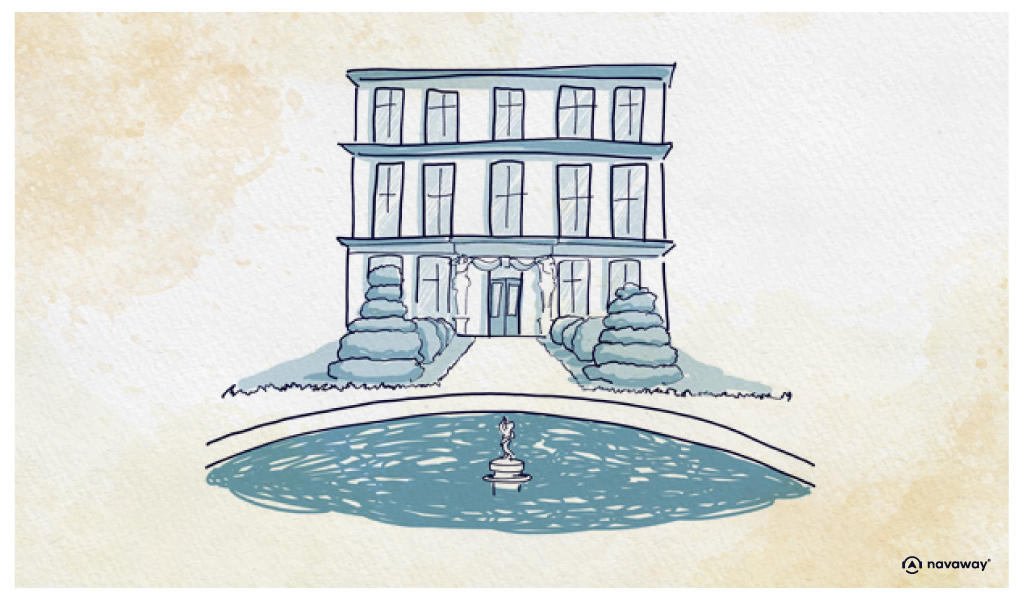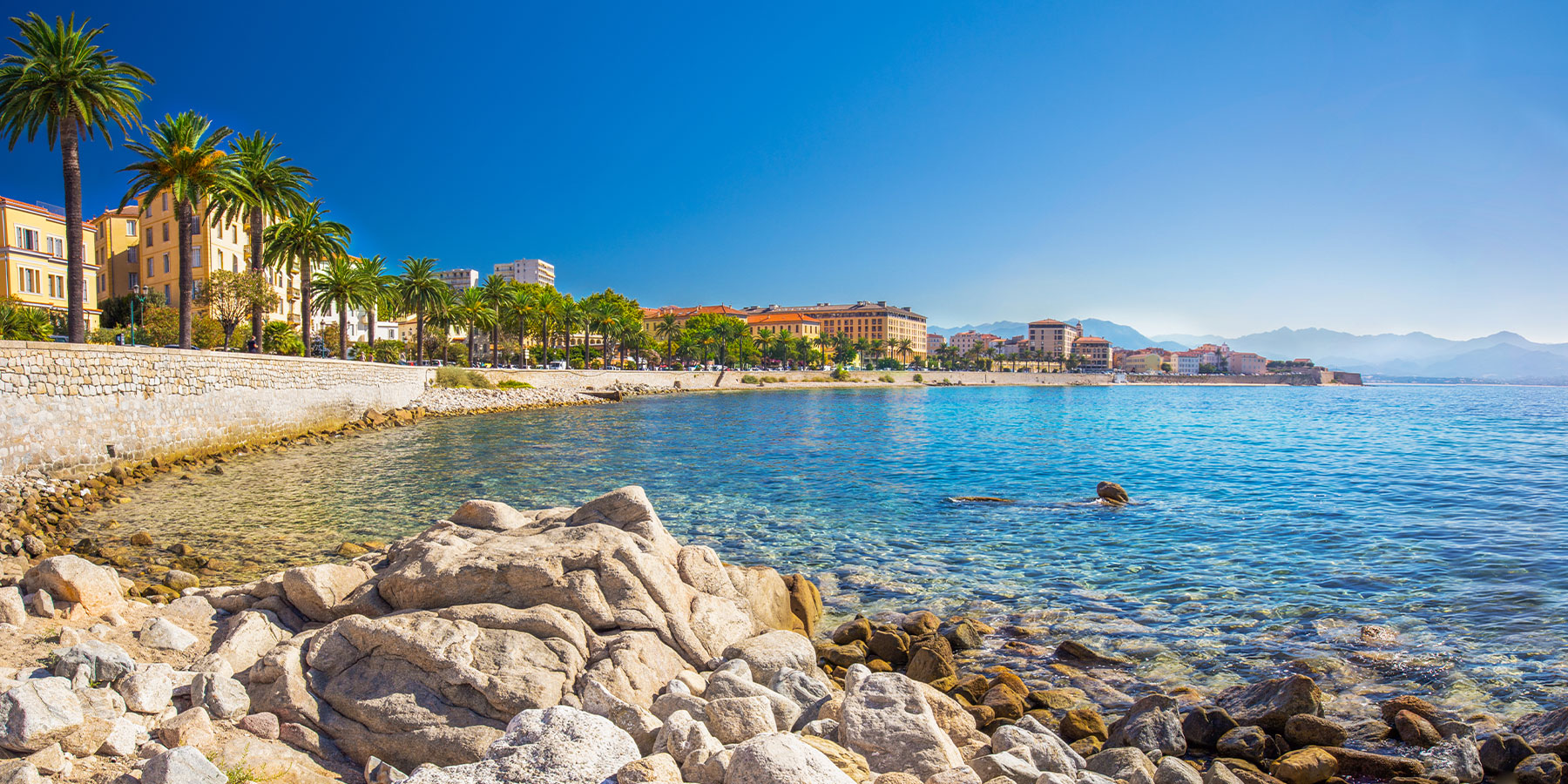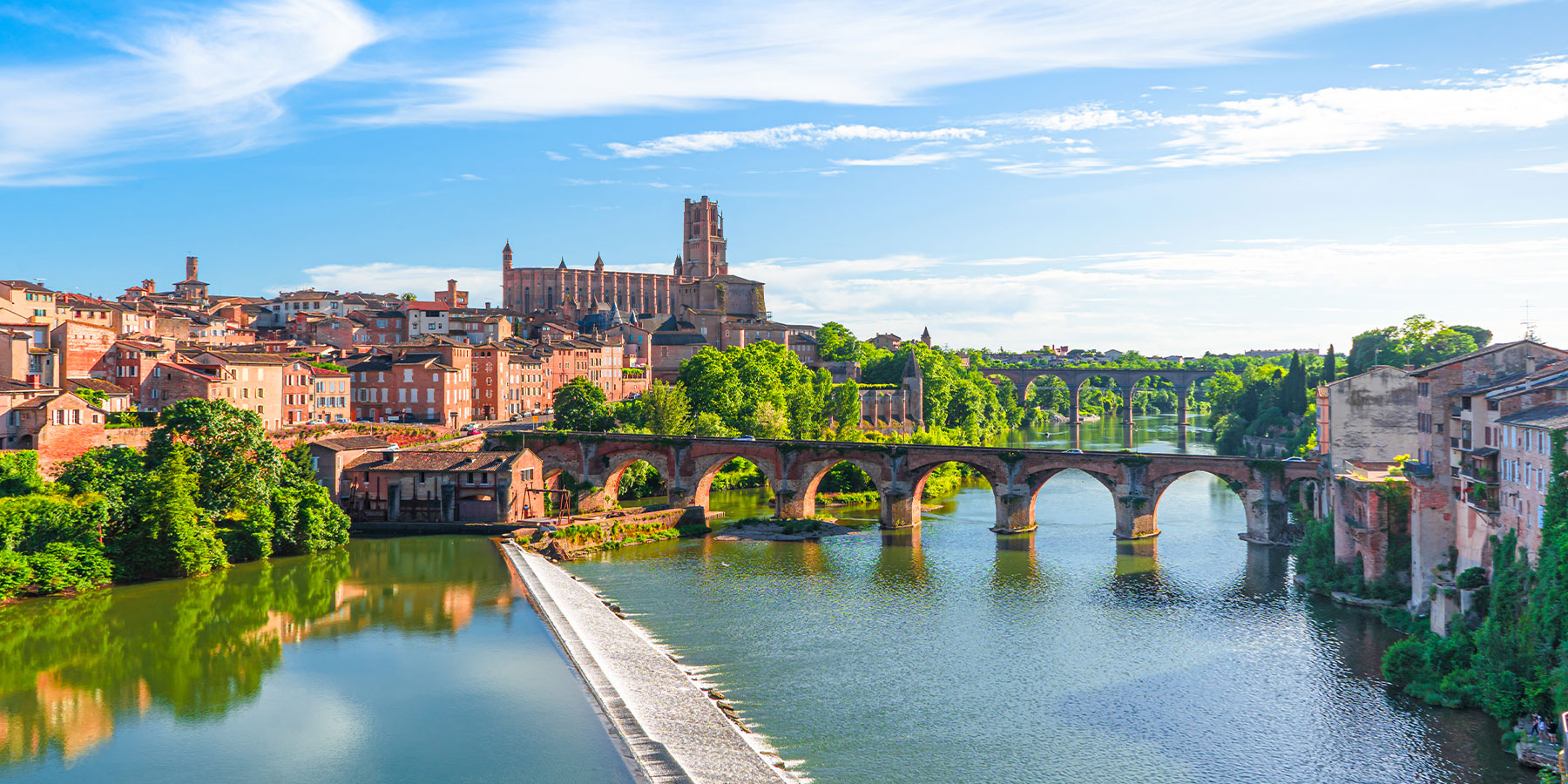
Vendôme Pavilion

This point of interest is available as audio on the tour: Visit Aix-en-Provence, The city of fountains
Turn around now and you’ll see the imposing Vendôme pavilion. We owe this stunning edifice to Louis de Mercoeur, Duke of Vendôme and Governor of Provence. He built it back in 1664 for the woman he was madly in love with, Lucrèce de Forbin Solliès. As a cousin of King Louis XIV, he of course had no trouble securing the resources needed to build it. Legend has it that he wished for a residence outside Aix so that he could be together with Lucrèce, the so-called “Beauty of Canet”, well away from the prying eyes of the court. You see, the king didn’t approve of this union, so the Duke took pains to keep it a secret, as he couldn’t marry the beautiful woman. The building was unveiled in 1667, but the Duke died only 2 years later, before it was fully complete. The pavilion then passed into the hands of the lawyer Gautier de la Molle, who expanded it and finished decorating the interior. Then came the painter Jean-Baptiste van Loo, who set up his studio there, and Abbot Jean-Joseph-Pierre Guigou, who turned it into a boarding school for young girls. In 1906, the pavilion was bought by Henri Dobler, who restored it to its former glory. Thanks to him, the façade and the beautiful French formal gardens were listed as historical monuments in 1914. Dobler was an art lover and had amassed a vast collection of artworks during his lifetime. And when his wife passed away, he bequeathed both the building and this collection to the city. The pavilion thus became a museum in 1954, housing works from the 17th to the 21st century. It is best known for its graphic arts collection. Since the 1990s, they’ve started hosting contemporary art and photography exhibitions as well. Built in the yellowy stones sourced from the Bibémus quarries, this edifice is one of the finest examples of classical architecture in Provence. It embodies all the elegance and class of the 17th century. Take a closer look at the front door – it’s framed by two Atlantes holding up a beautiful wrought-iron balcony. In the middle, there’s a sculpted portrait of a woman, believed to be Lucrèce herself, the Duke’s lover. You can visit this stunning 17th-century pavilion and admire its art collections for just a few euros. It’s open every day except Tuesday. Come check it out!


Discover Aix-en-Provence with app
An interactive guide through the most beautiful streets, squares, and districts
24 fun audioguides full of historical facts, anecdotes, and legends





Comments